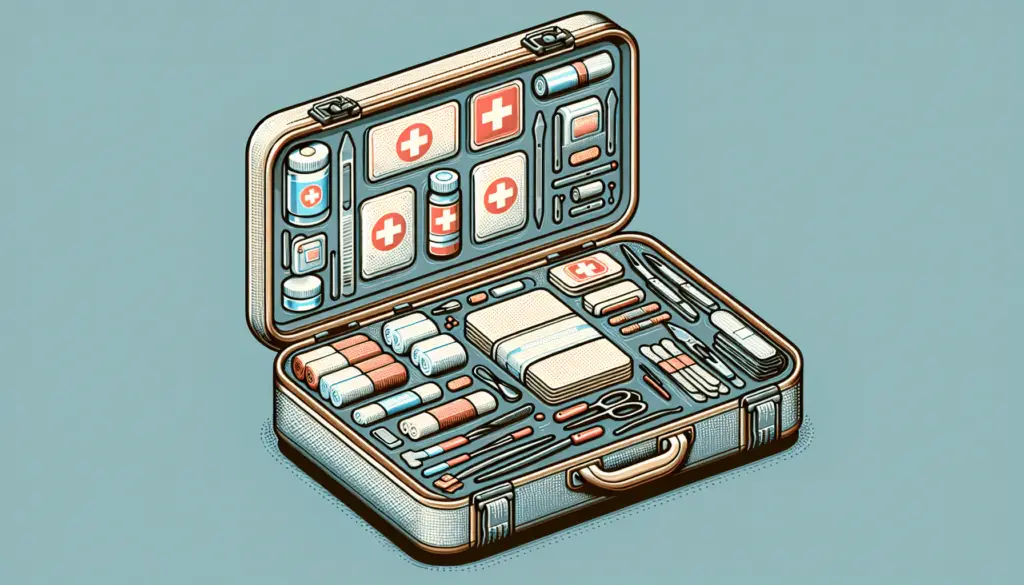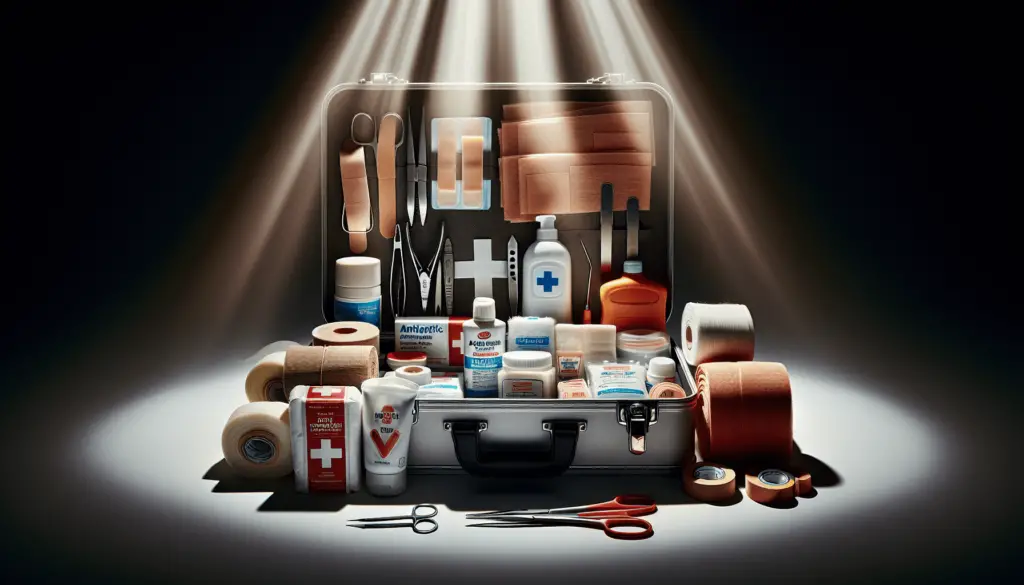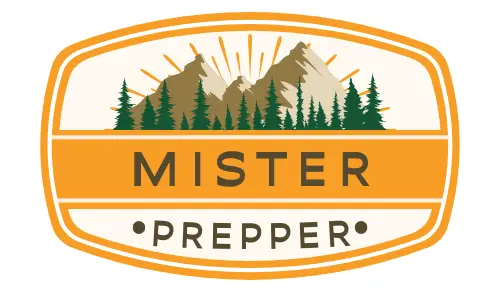Can You Handle Common Injuries Without A Hospital?
When accidents happen, it’s important to know how to handle common injuries, particularly if a hospital is not easily accessible. In this article, we will provide you with essential information on how to deal with common injuries without the immediate availability of professional medical care. Remember, being prepared and knowing how to respond in an emergency can make all the difference.

Preparing Your First Aid Kit
One of the most crucial steps in being prepared for handling common injuries without a hospital is having a well-equipped first aid kit. Your first aid kit should contain essential items such as bandages, gauze, tape, scissors, antiseptic wipes, gloves, and pain relievers. Make sure to regularly check and restock your first aid kit to ensure that all supplies are up to date and in good condition.
How to Clean and Dress Wounds
Properly cleaning and dressing wounds is crucial in preventing infection and promoting healing. Start by washing your hands thoroughly with soap and water before attending to the wound. Use clean water or a saline solution to rinse the wound and gently pat it dry with a clean cloth. Apply an antiseptic ointment and cover the wound with a sterile bandage. Remember to change the bandage regularly to keep the wound clean and dry.
Managing Burns
Burns can happen unexpectedly, and knowing how to manage them is essential. For minor burns, run the affected area under cool water for at least 10 minutes to soothe the pain and prevent further damage. Avoid applying ice or butter to the burn as it can make matters worse. Cover the burn with a sterile bandage or a clean cloth. Seek medical attention if the burn is severe, covers a large area, or is on the face, hands, feet, or genitals.
Dealing with Sprains and Strains
Sprains and strains are common injuries that can occur during physical activities or accidents. When dealing with a sprain, remember the R.I.C.E method: Rest, Ice, Compression, and Elevation. Rest the affected limb, apply ice to reduce swelling, use a compression bandage to support the injured area, and elevate the limb above heart level. Seek medical attention if the pain and swelling persist or if you are unable to bear weight on the injured limb.

Handling Fractures
Fractures require immediate attention to prevent further injury and promote proper healing. If you suspect a fractured bone, immobilize the injured limb with a splint or a makeshift stabilizer such as a rolled magazine or a piece of cardboard. Seek medical help as soon as possible to have the fracture properly evaluated and treated. Do not attempt to realign or manipulate the fractured bone as it may cause more harm.
Recognizing Signs of Shock
Shock is a serious condition that can occur as a result of various injuries, such as severe bleeding, burns, or trauma. Recognizing the signs of shock, such as pale skin, rapid heartbeat, shallow breathing, and confusion, is crucial in providing immediate care. If you suspect someone is in shock, lay them down with their legs elevated, cover them with a blanket to keep them warm, and seek emergency medical assistance.
CPR and Basic Life Support
Knowing how to perform CPR (Cardiopulmonary Resuscitation) and basic life support can save lives in emergency situations. If someone is unresponsive and not breathing, start by checking for a pulse and calling for help. Begin chest compressions at a rate of 100 to 120 per minute and give rescue breaths in between compressions. Remember to continue CPR until help arrives or the person starts breathing on their own.
Treating Allergic Reactions
Allergic reactions can range from mild to severe and can be life-threatening in some cases. If someone is experiencing an allergic reaction, such as difficulty breathing, swelling of the face and throat, or a rapid heartbeat, administer an epinephrine auto-injector (if available) and seek immediate medical attention. It’s essential to know the signs of an allergic reaction and have an action plan in place if someone in your vicinity experiences severe allergies.
Managing Cuts and Lacerations
Cuts and lacerations can happen in various situations, and knowing how to manage them can prevent infection and aid in faster healing. Start by cleaning the wound with mild soap and water, and use a sterile adhesive bandage to cover the cut. Apply pressure to stop any bleeding and elevate the affected limb if necessary. If the cut is deep or the bleeding does not stop, seek medical attention to get the wound properly evaluated and stitched if needed.
Preventing Infections
Preventing infections in wounds is essential for promoting healing and avoiding complications. Keep the wound clean and dry, and change the bandage regularly to prevent bacteria from entering the wound. Avoid touching the wound with dirty hands and refrain from picking at scabs, as it can delay the healing process. If you notice any signs of infection, such as redness, swelling, or pus, seek medical attention promptly.
Knowing When to Seek Professional Help
While you can handle many common injuries at home with proper first aid and care, it’s essential to know when to seek professional medical help. If the injury is severe, such as a deep cut, a suspected fracture, or a head injury, do not hesitate to seek medical attention immediately. Trust your instinct and seek help if you feel overwhelmed or unsure about how to manage the injury on your own. Remember, your safety and well-being should always come first.
Stay Calm and Be Prepared
In emergency situations, staying calm and being prepared can make a significant difference in the outcome. Practice basic first aid skills regularly and familiarize yourself with common injuries and how to handle them effectively. By being proactive and confident in your abilities to provide first aid, you can be better prepared to handle unexpected emergencies without the immediate availability of a hospital. Remember, your quick thinking and timely actions can save lives in critical situations.
Emergency Medicine: Handling Common Injuries Without A Hospital. Remember, being prepared and knowing how to respond in an emergency can make all the difference. Stay informed and be ready to handle common injuries effectively.
